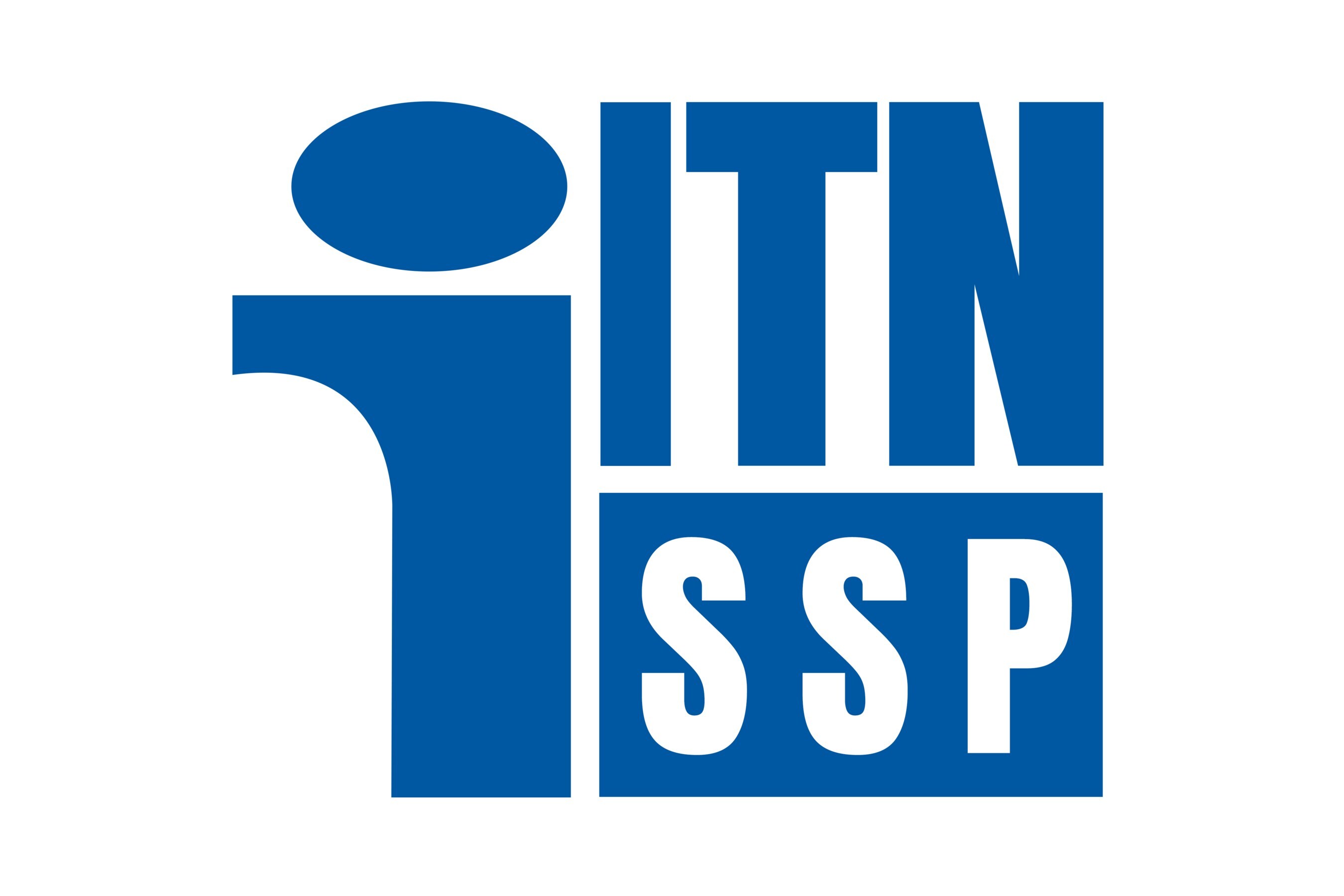SHVIA amendments may erode station viewership
According to NAB a recent satellite conference in Washington, D.C, a new digital white-area provision proposed to be added to the reauthorization of the Satellite Home Viewer Improvement Act (SHVIA) could cost broadcasters 35 percent of their viewers.
The new provision, first proposed by EchoStar, would allow DBS operators to provide digital signals in local markets where OTA digital signals are unavailable. One of the main problems for broadcasters is that, currently, 35 percent of OTA viewers are served by translators that repeat a primary station's signal across that station's DMA. As of now, the FCC has not authorized any digital operations for translators or put in place rules for translator conversion to digital operation. Because of this issue, NAB wants a straight reauthorization of SHVIA rather than a rewritten act, which could open the door for unfavorable changes.
From the DBS side, the Satellite Broadcasting & Communications Association (SBCA) says that there are a number of issues related to local programming that put DBS at a disadvantage relative to cable. For example, while cable is allowed to bring in distant network signals when no network is available in a market, a DBS operator would not necessarily be able to do so because local viewers might get a Grade B signal even outside the DMA. SBCA says DBS operators are simply looking for a level playing field, along with the authority to provide superstations such as WGN-TV to their viewers.
At the conference, the FCC representative pointed out that cable also cannot simply carry superstations in the same manner as it does local stations. Saying that she was speaking for herself only, she noted that cable pays more to carry the superstations, and it is subject to the network non-duplication and syndicated exclusivity rules that allow broadcasters to require that repetitious programming be blacked out in certain situations. There appears to be a consensus that the provision of local-into-local service is a benefit for both DBS operators and broadcasters. NAB and SBCA say they view the SHVIA reauthorization process as an opportunity to strengthen the partnership between the DBS and broadcast industries. It remains to be seen, however, whether these cooperative attitudes will continue once Congress begins consideration of the reauthorization legislation in earnest.
Be sure to update ASR data
One item that is sometimes overlooked by new television station owners is the updating of the station's Antenna Structure Registration (ASR) to reflect the new owner's name, address and emergency contact information. Such updating is required to assure compliance with the commission's rules. Perhaps surprisingly, the ASR information is not automatically updated when you (or your attorney) notify the FCC of the purchase. Of course, not every tower must be registered with the FCC. Generally, only towers located near airports or over 200 feet in height must be registered. A tower owner must post the tower's ASR registration number at the tower's base so that anyone can quickly identify and contact the owner if there is a problem with the tower (such as malfunctioning lights, etc.). Owners of registered towers are required to keep the contact information in the FCC's database current. This can be done quickly and easily, and for free, through the FCC's Web site. Current ownership information on file is searchable by registration number on the FCC's Web site (www.fcc.gov). Just click “e-filing” at the top of the home page, then “Antenna Structure Registration” and “Search for Registrations,” and enter the registration number.
Failure to maintain accurate ownership information in the ASR database is frequently discovered and cited as an additional violation when FCC field inspectors discover physical violations at tower sites such as fencing, lighting, signage and painting problems. If you have recently acquired one or more stations, you may wish to double-check the status of your ASRs.
The professional video industry's #1 source for news, trends and product and tech information. Sign up below.
Harry C. Martin is an attorney with Fletcher, Heald & Hildreth PLC, Arlington, VA.
Dateline
Renewal applications, EEO program reports and ownership reports for TV stations in D.C., Maryland, Virginia and West Virginia must be filed on or before June 1. The deadline is Aug. 1 for stations in North Carolina and South Carolina, and stations in those states must begin their pre-filing renewal announcements on June 1.
Send questions and comments to:harry_martin@primediabusiness.com
